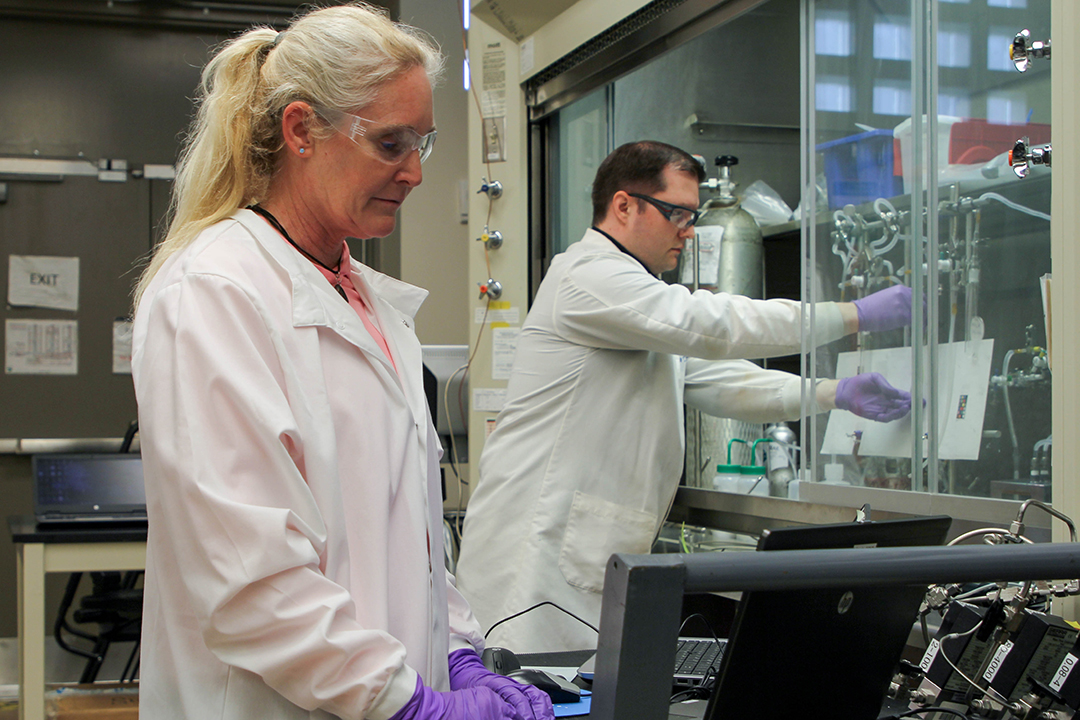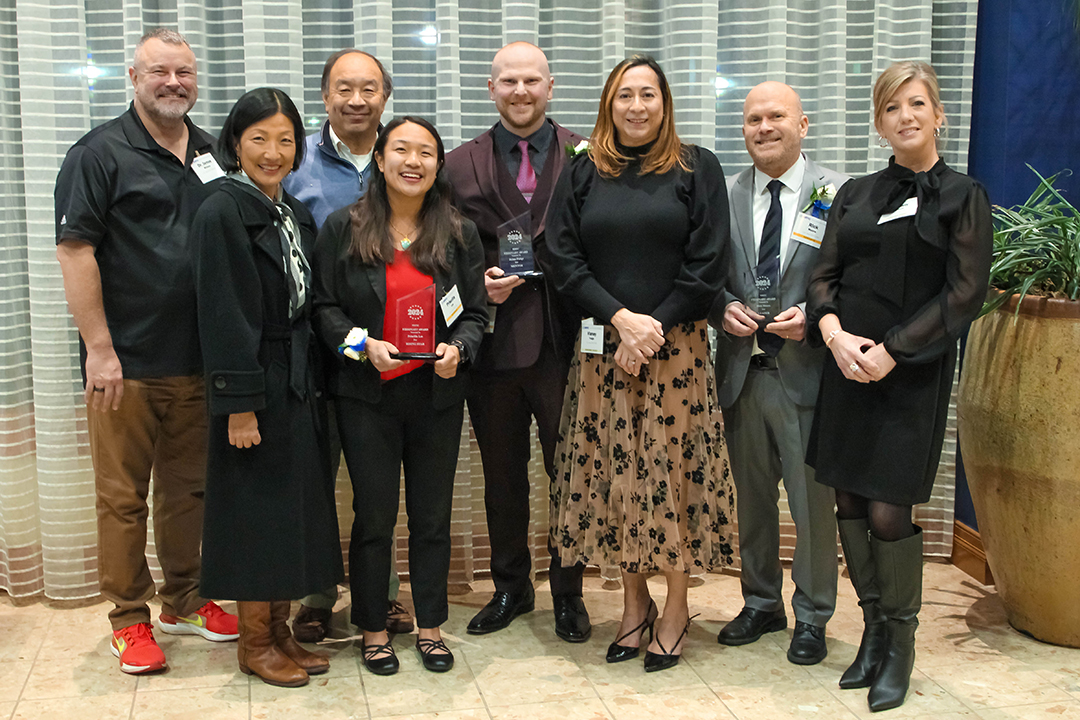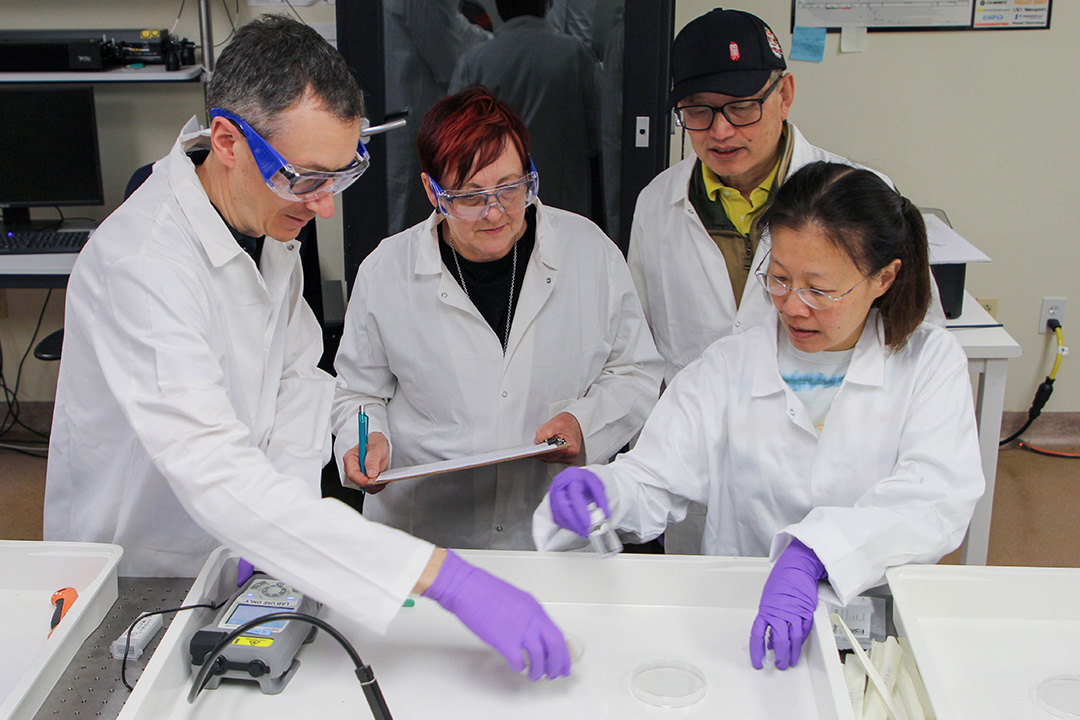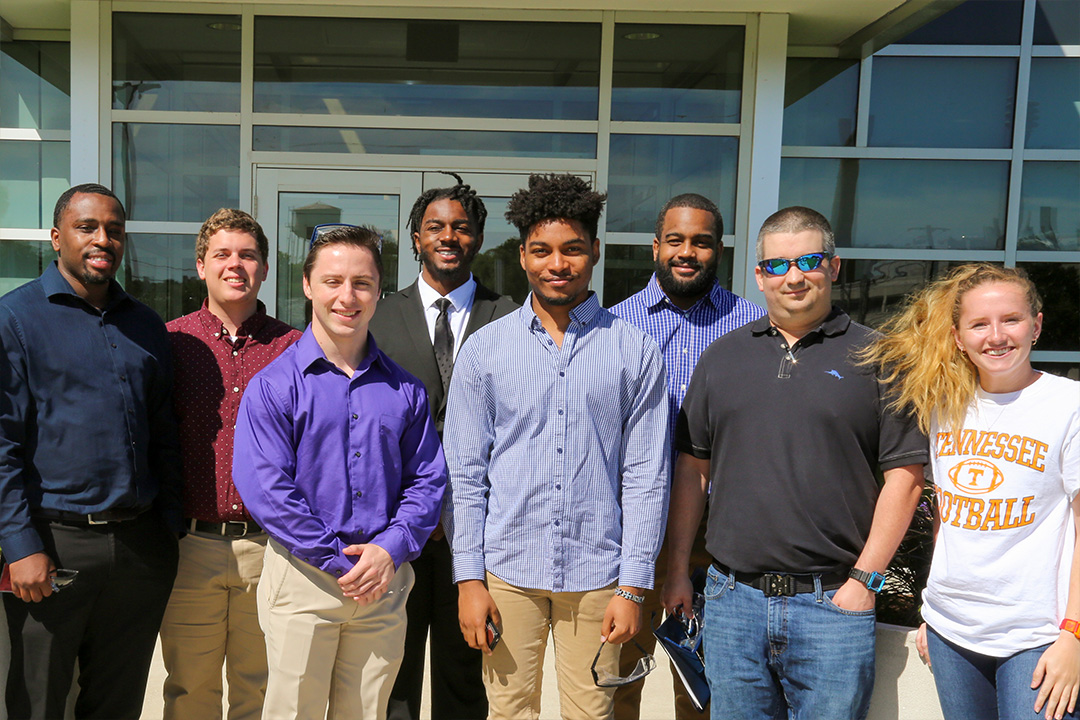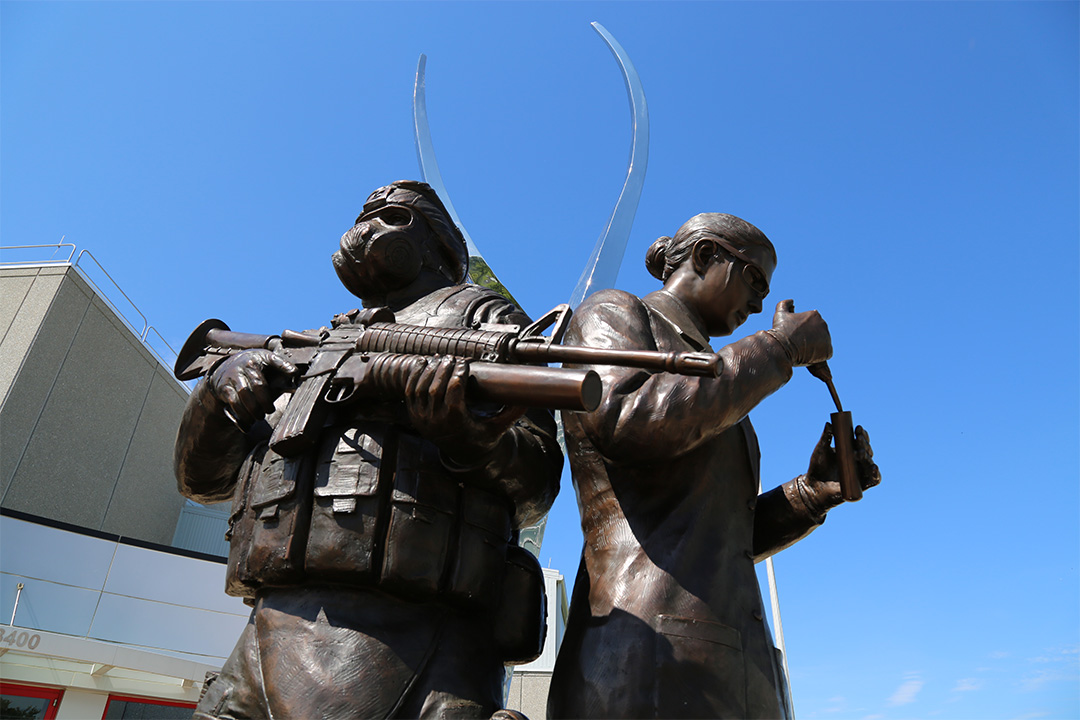
CCDC Chemical Biological Center Statue Honors Soldiers, Scientists
The U.S. Army Combat Capabilities Development Command Chemical Biological Center unveiled a permanent reminder of the relationship between Soldiers and Army researchers on June 17 in front of the Center’s Advanced Chemistry Laboratory. More than 100 members of the Center workforce were on hand as the shroud was removed from…
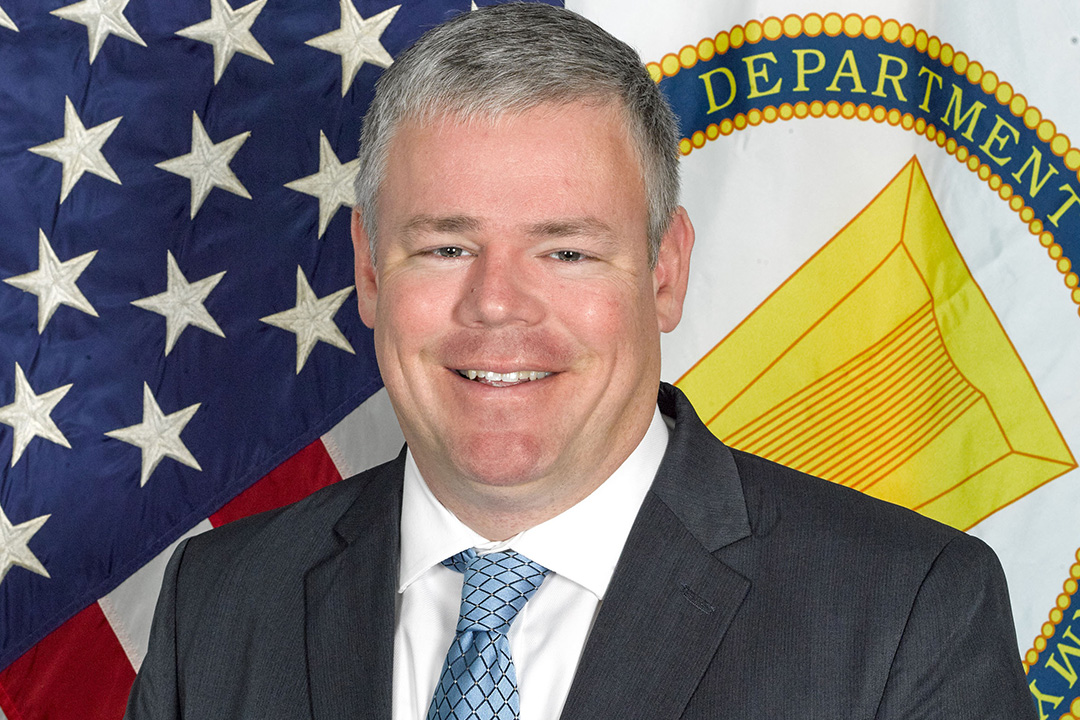
Cox Selected as CCDC Chemical Biological Center R&T Director
Cox has also been appointed to the Army Senior Executive Service (SES) Corps, the civilian equivalent to a general or flag officer. Through this appointment, Cox enters into a small and distinct group of senior executives tasked with providing leadership to the civilian workforce. Maj. Gen. Cedric Wins, the commanding…
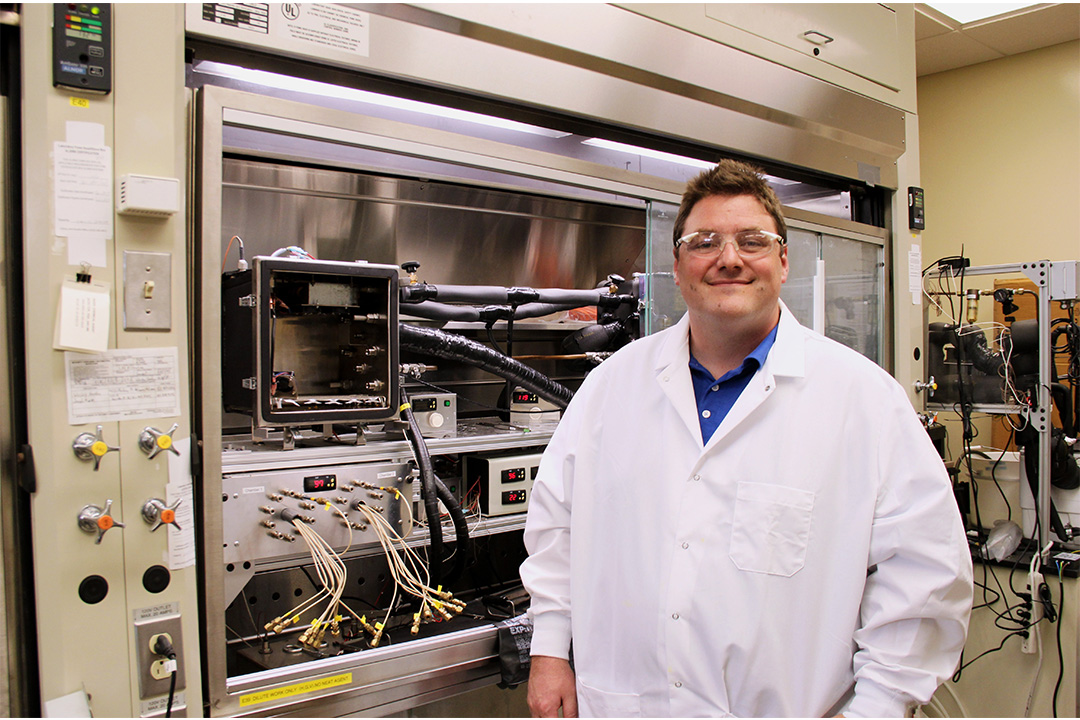
Chemical Hot Air Decontamination
Recently, Center researchers have been working with a process called Chemical Hot Air Decontamination (CHAD) to remove toxic contaminants from warfighter equipment like sensitive electronics that cease operating after exposure to traditional chemical decontamination techniques, like bleach. “The CHAD process can remove the chemical warfare agent within 24 to 72…

Chemical Biological Center Holds 3rd Annual Gas Mask Dash
The course started at the pavilion at Capa Field on Aberdeen Proving Ground South, winding its way around Post and back to Capa Field. Men, women, children and even a few four legged companions tackled the course and had a great time, even with gray skies, a rain shower here…
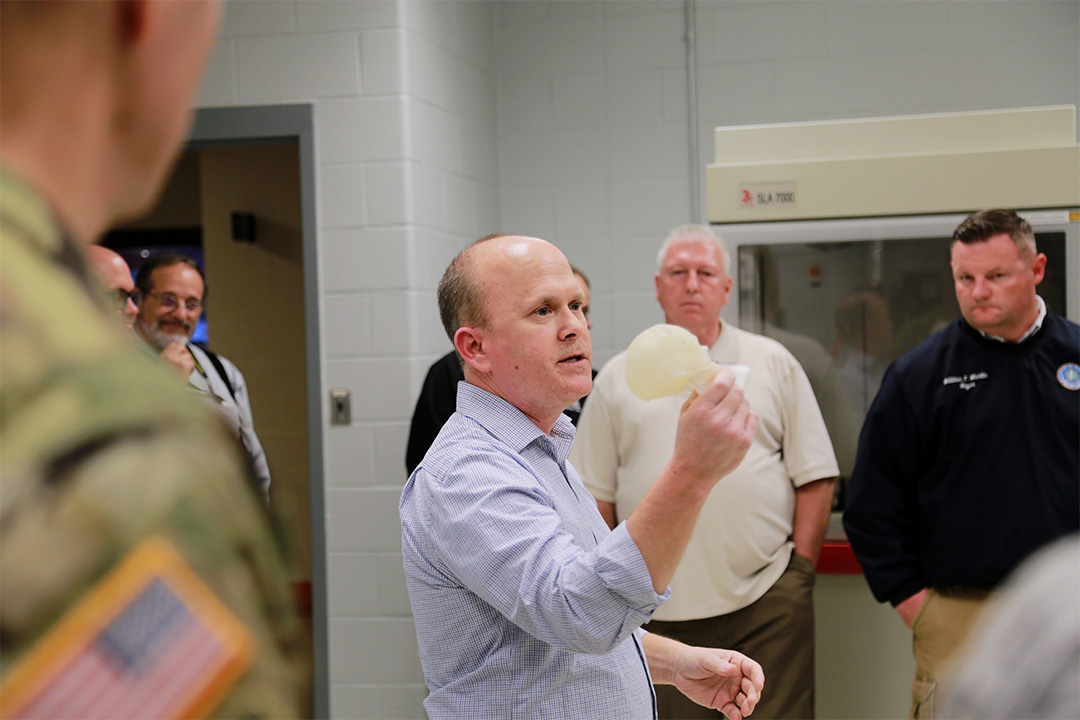
State and Local Leaders Visit Chemical Biological Center during Immersion Day
Maryland delegates and local county officials were welcomed to Aberdeen Proving Ground (APG) recently to engage with the U.S. Army in an Immersion Day. The event aimed to familiarize state officials with the unique Army capabilities APG offers the Army, the warfighter and nation. Throughout the day, Army, state and…
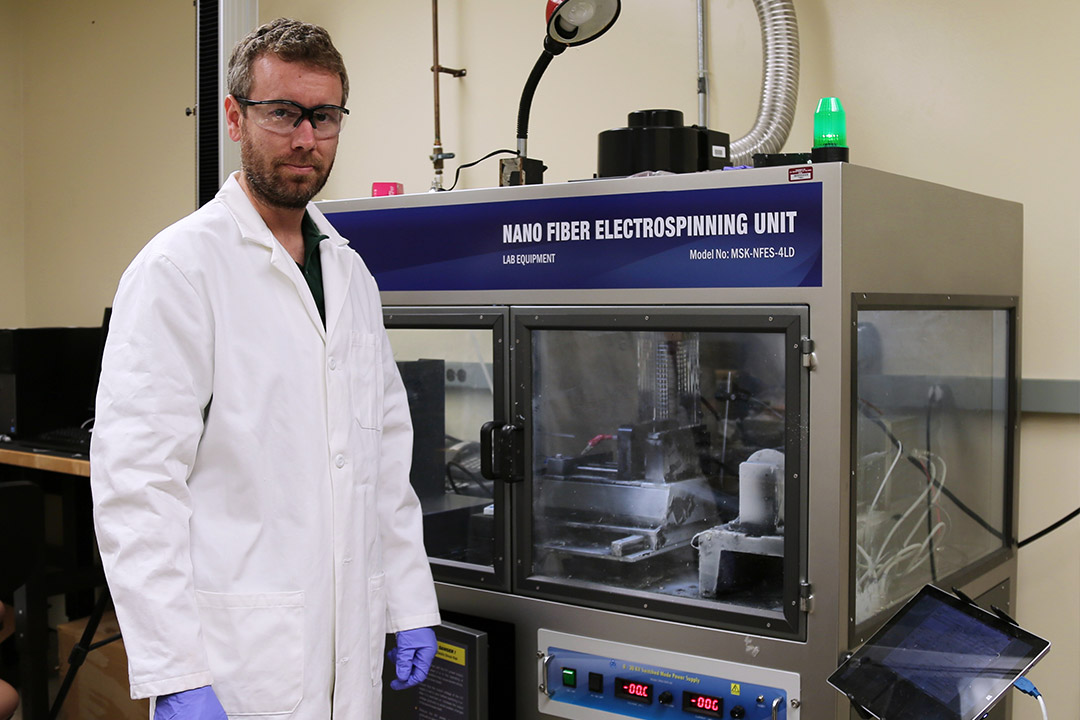
Army Researchers Explore Filtration Benefits of Synthetic Carbon
Researchers at the U.S. Army Combat Capabilities Development Command (CCDC) Chemical Biological Center are exploring the use of synthetic carbon as a filtration material against chemical warfare agents and toxic industrial chemicals. Gregory Peterson and his team in the Center’s Chemical, Biological & Radiological Filtration Branch, with funding from the…
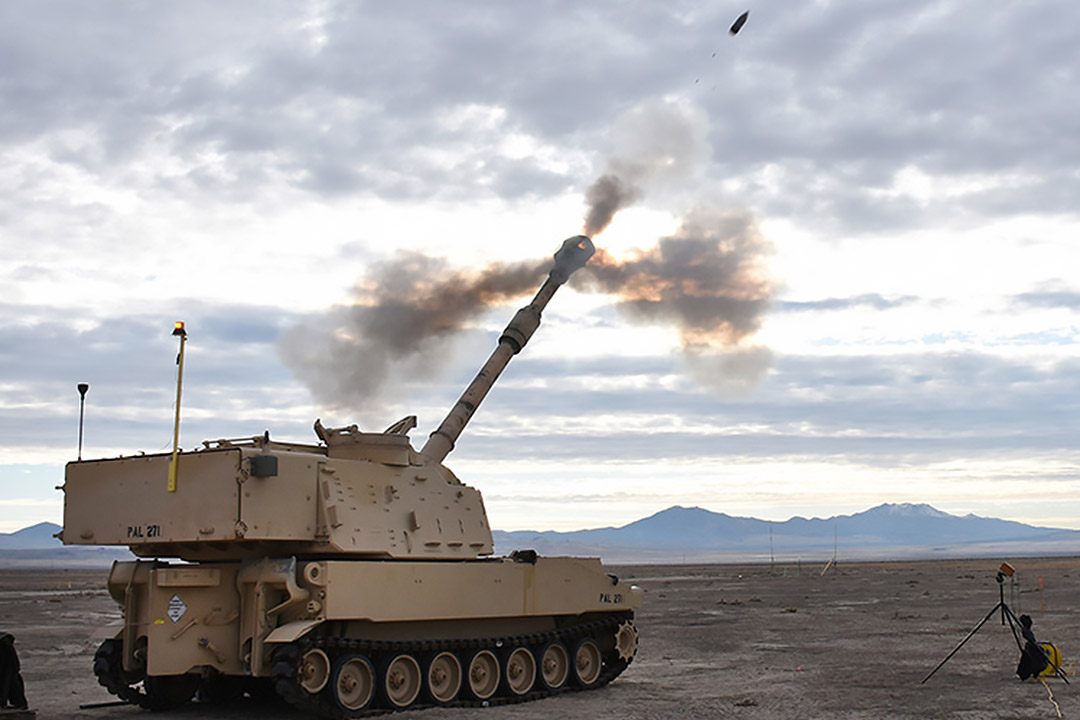
Software Upgrade Could Advance Long-Range Fire Detection
Miles off the beaten path in the Utah desert, a group of researchers and military personnel collected data during a live fire event in an attempt to determine if current radar systems technologies can provide early warning to the warfighter. Integrated Early Warning (IEW) provides advance warning to Soldiers on…
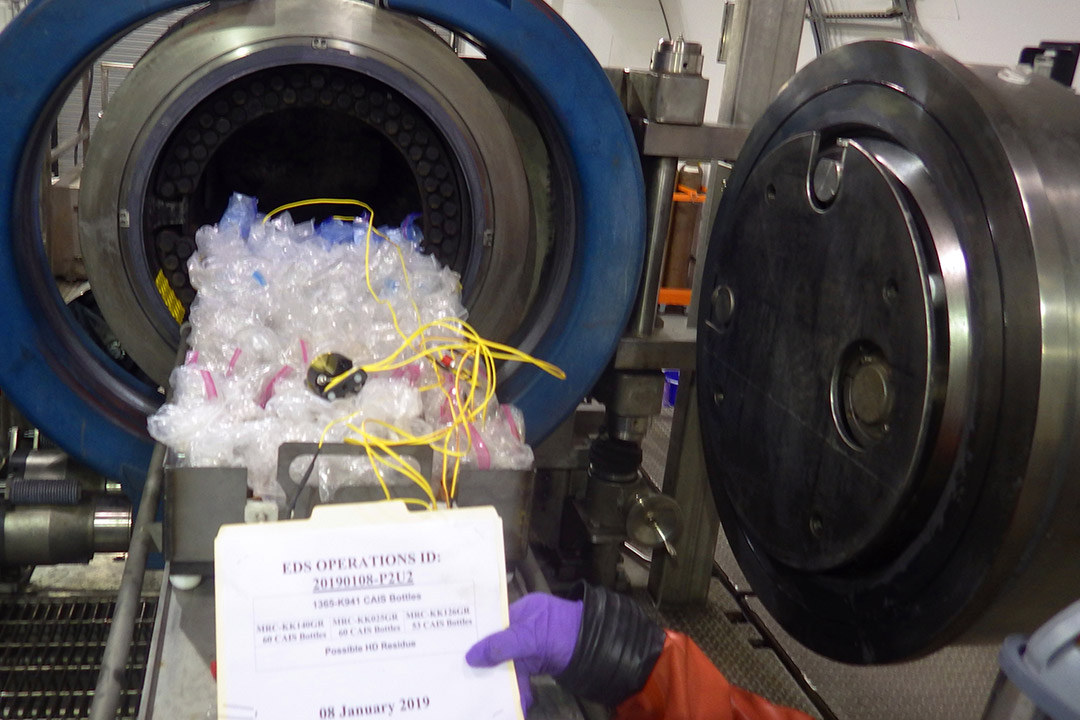
Team Puts Existing Chemical Destruction Technology to New Use at Pine Bluff Arsenal
Pine Bluff Arsenal (PBA), located 35 miles south of Little Rock, Arkansas, has a history of chemical weapons production and storage dating back to 1941. The arsenal’s chemical weapons production mission ended in 1990, and over the years the Army has managed multiple campaigns to destroy the stockpiled and recovered…
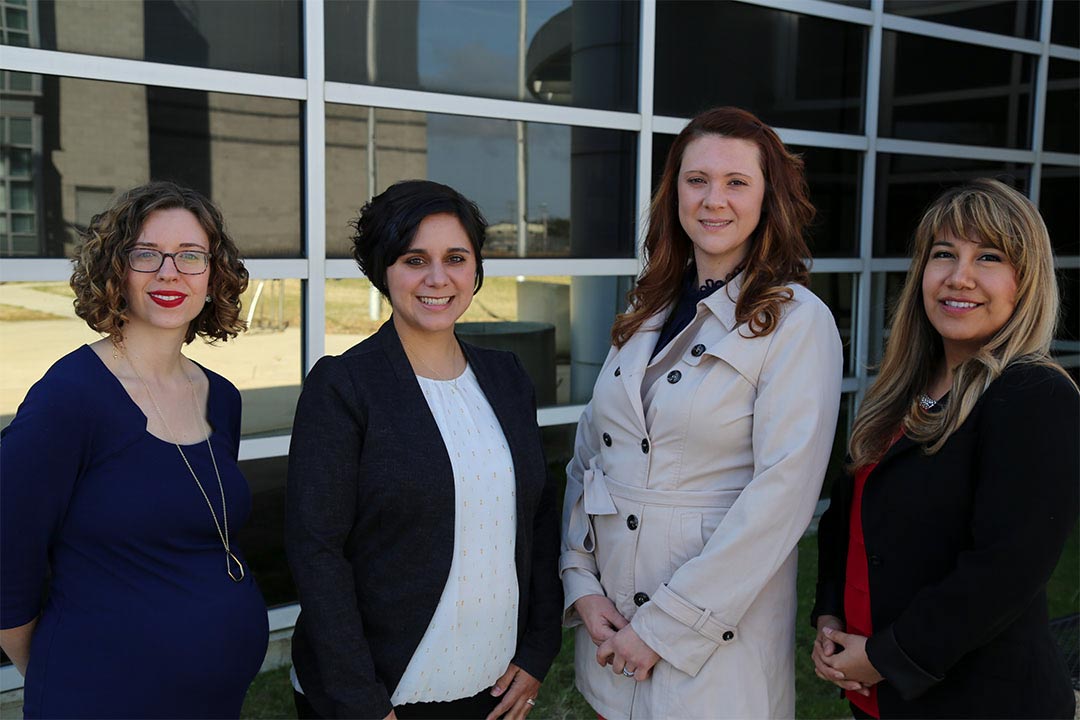
Women Researchers Work for the Warfighter
From Marie Curie to Mae Jemison, women researchers have contributed significantly to scientific understanding. From the discovery of radium to studying the applications of space flight, woman have carved out a place for themselves in a male-dominated field. Women scientists at the U.S. Army Combat Capabilities Development Command (CCDC) Chemical…


